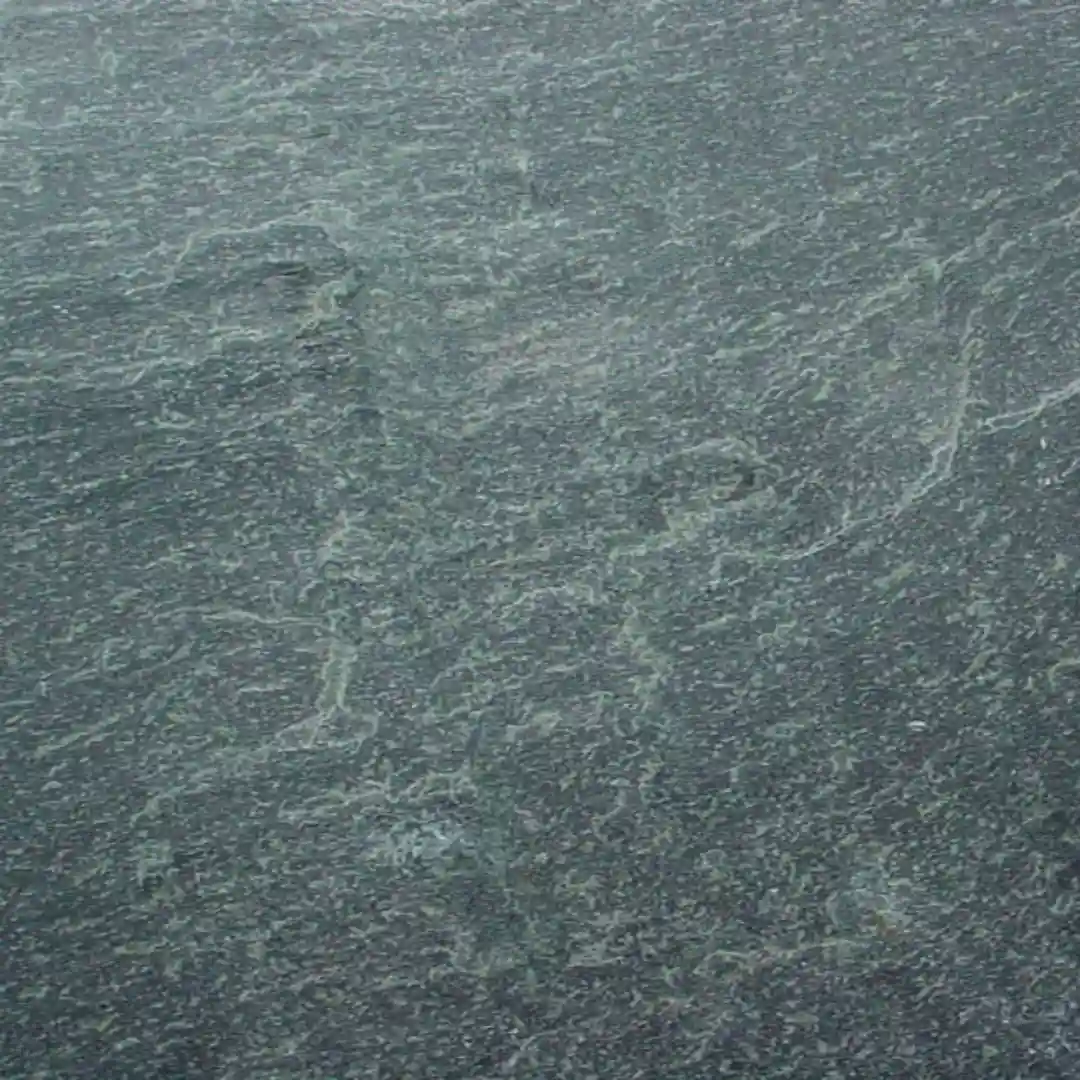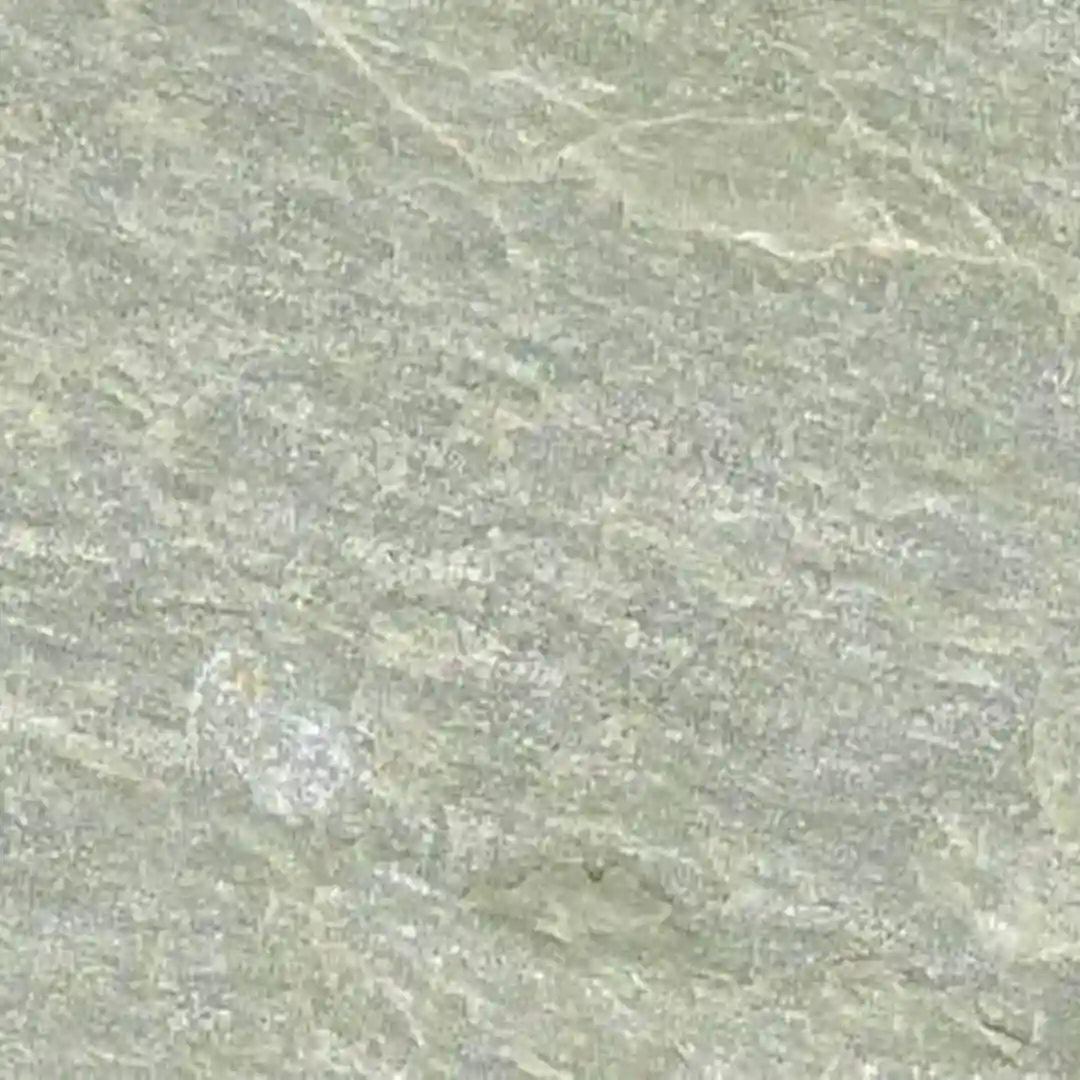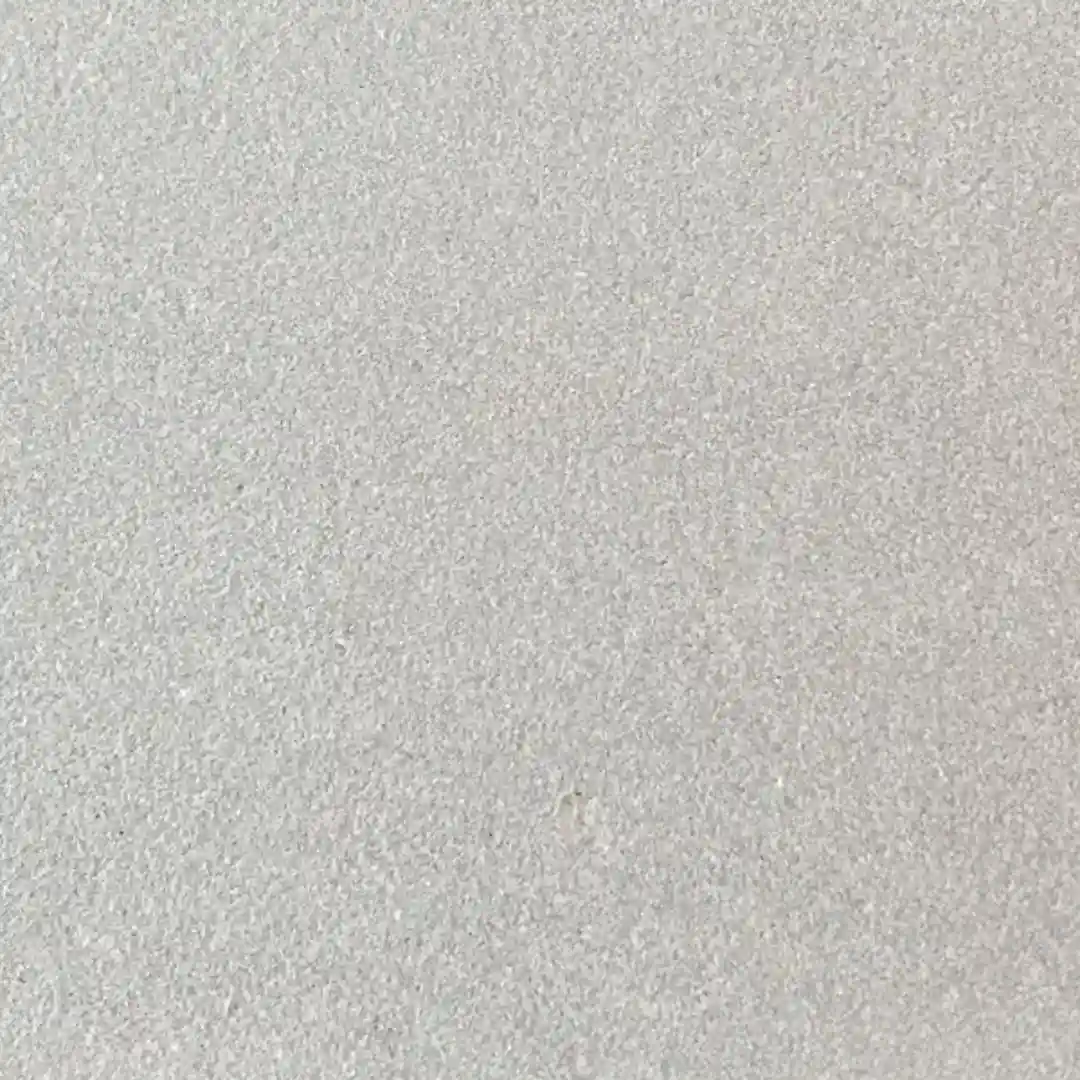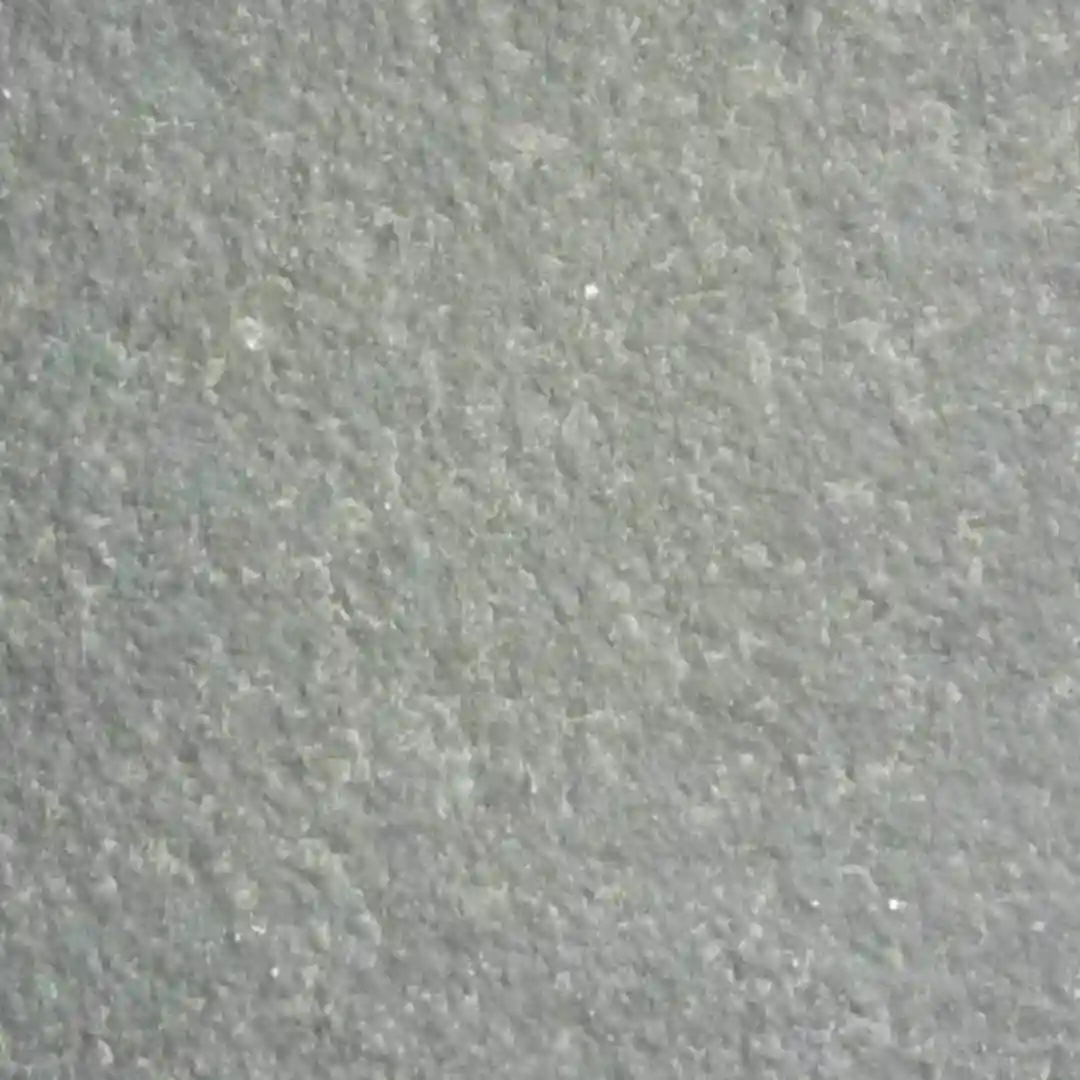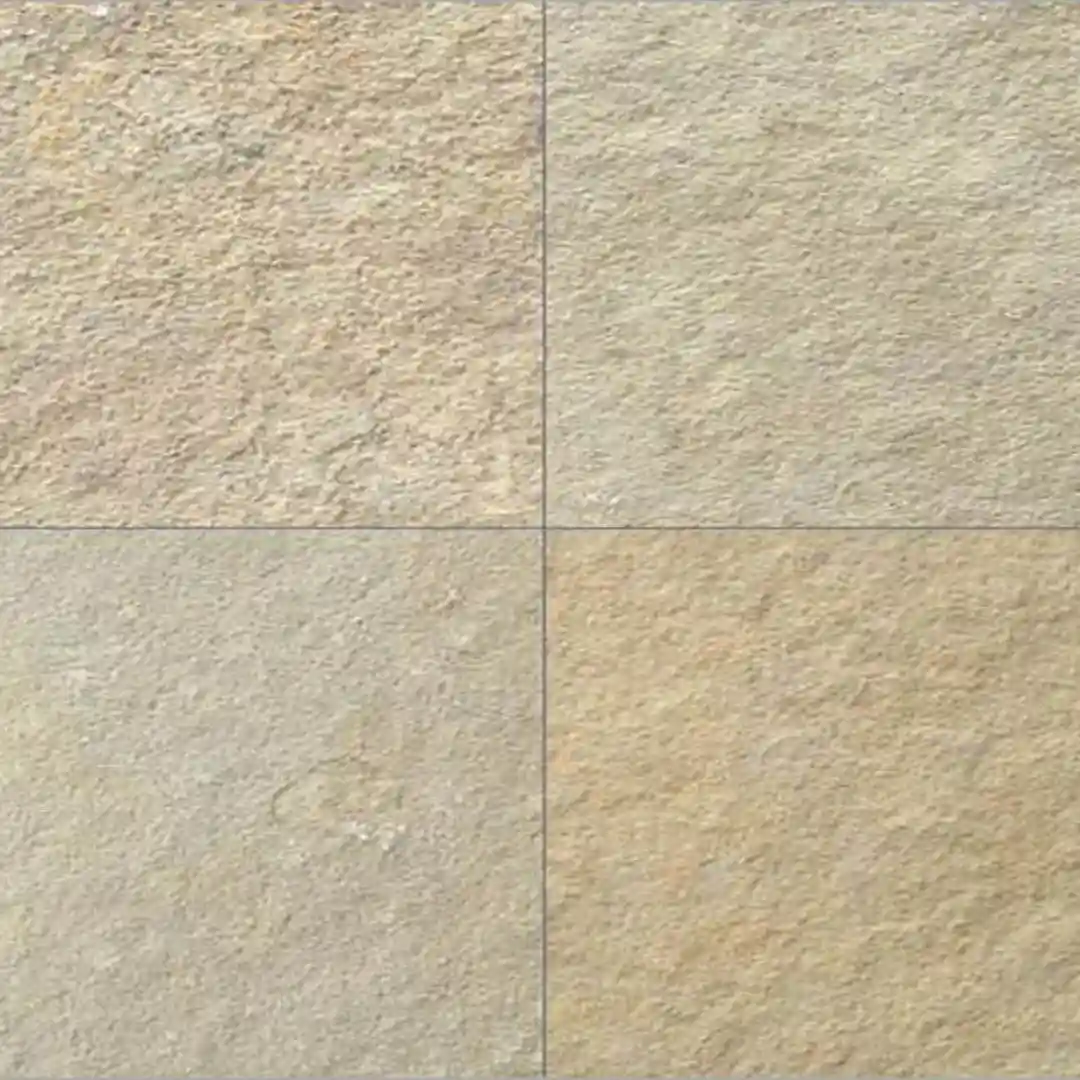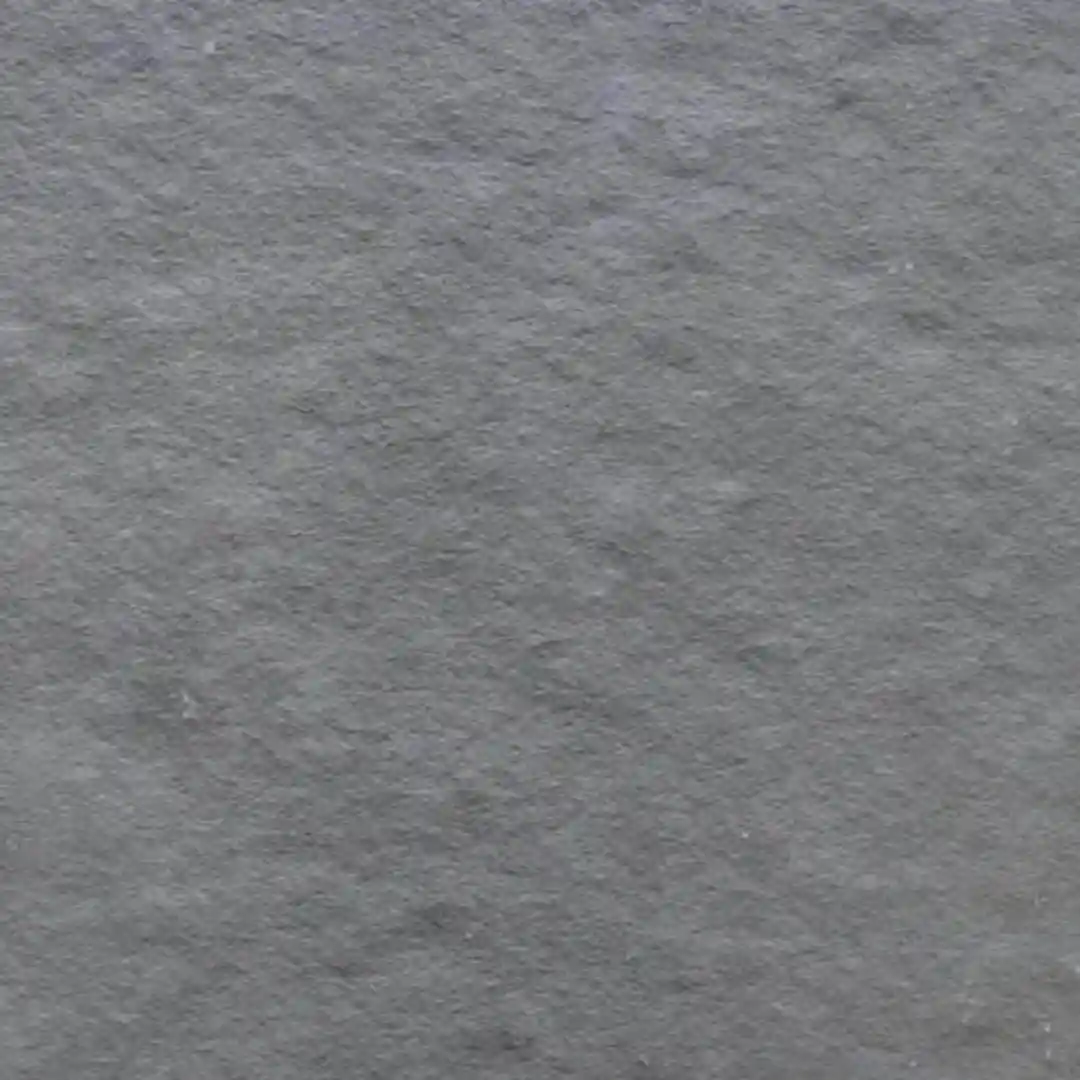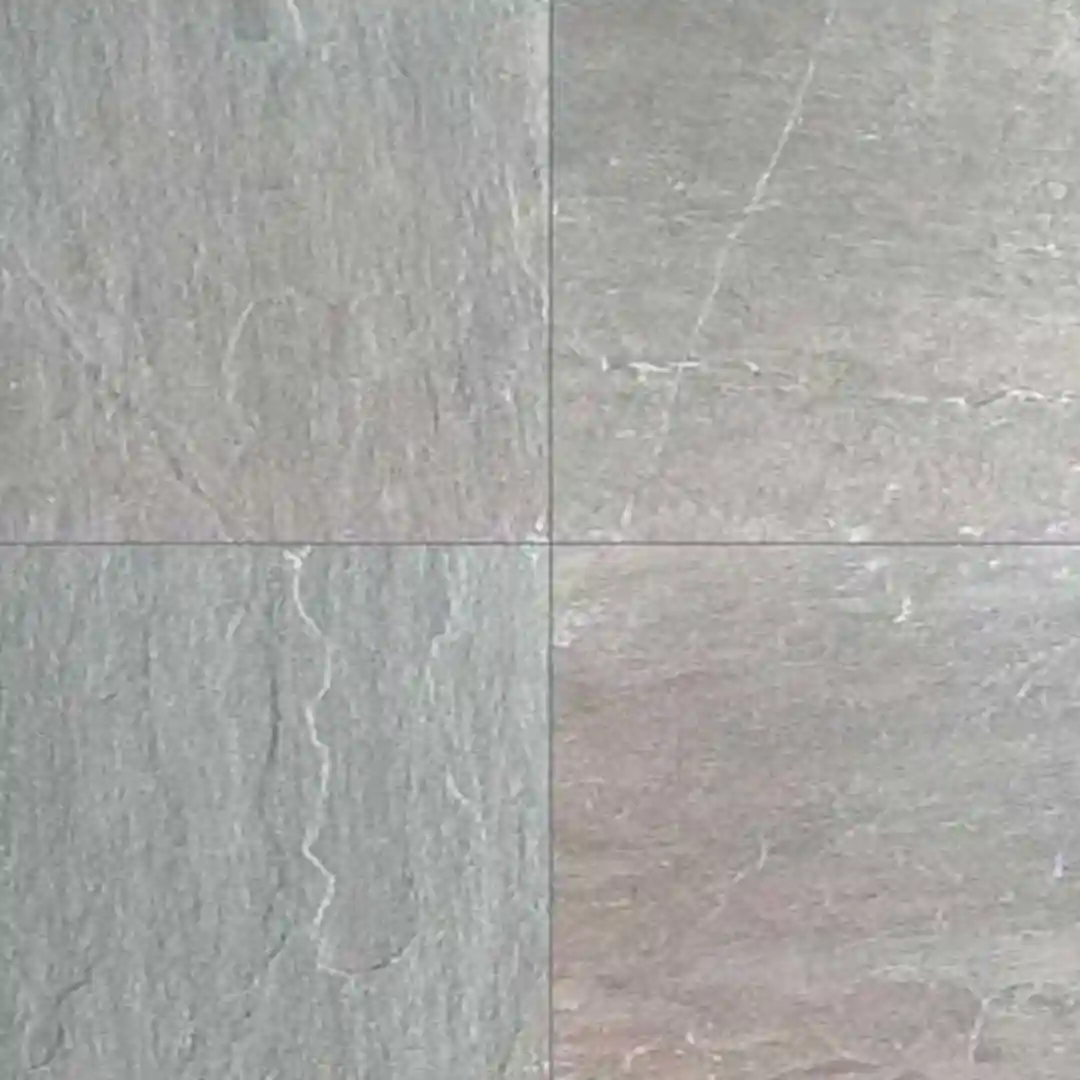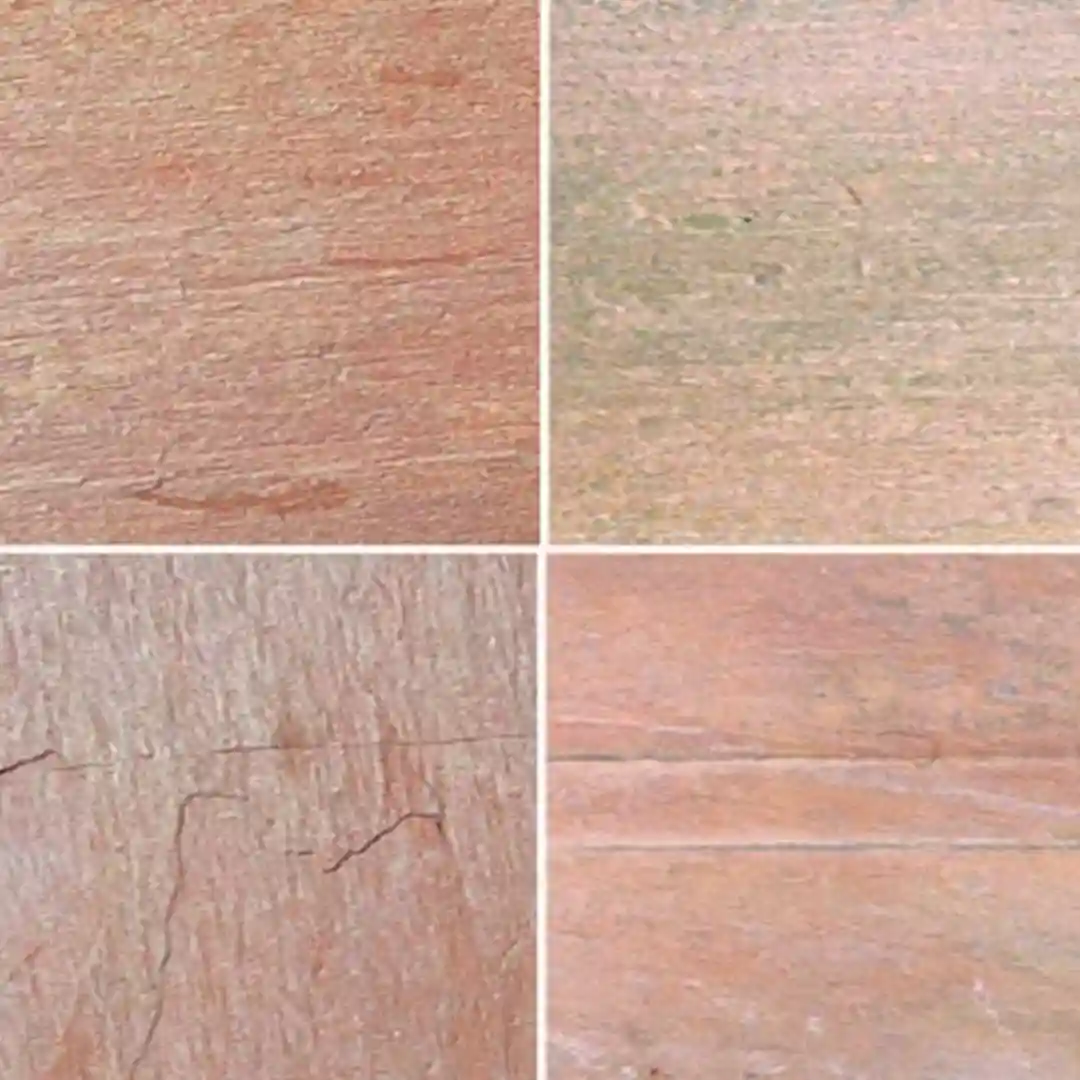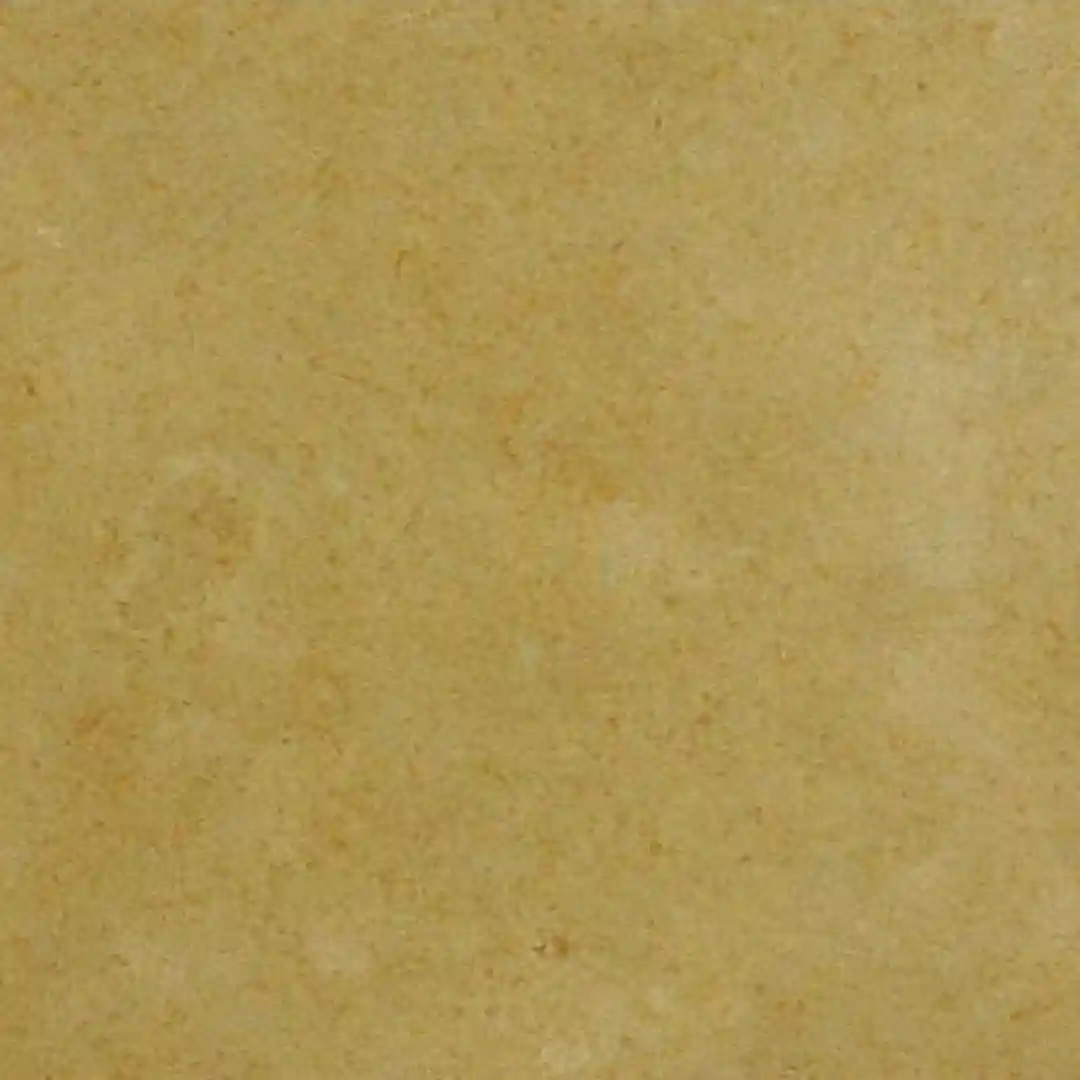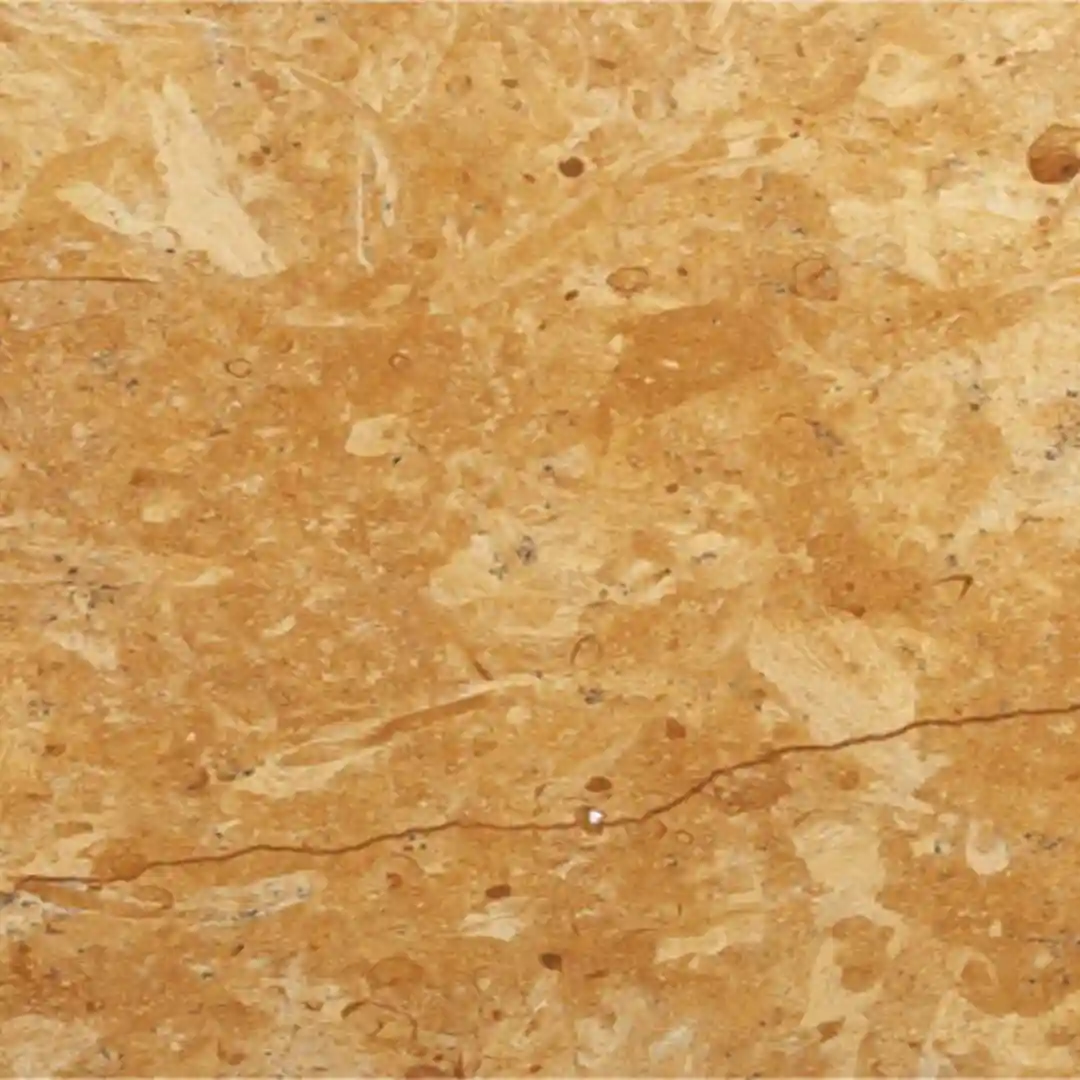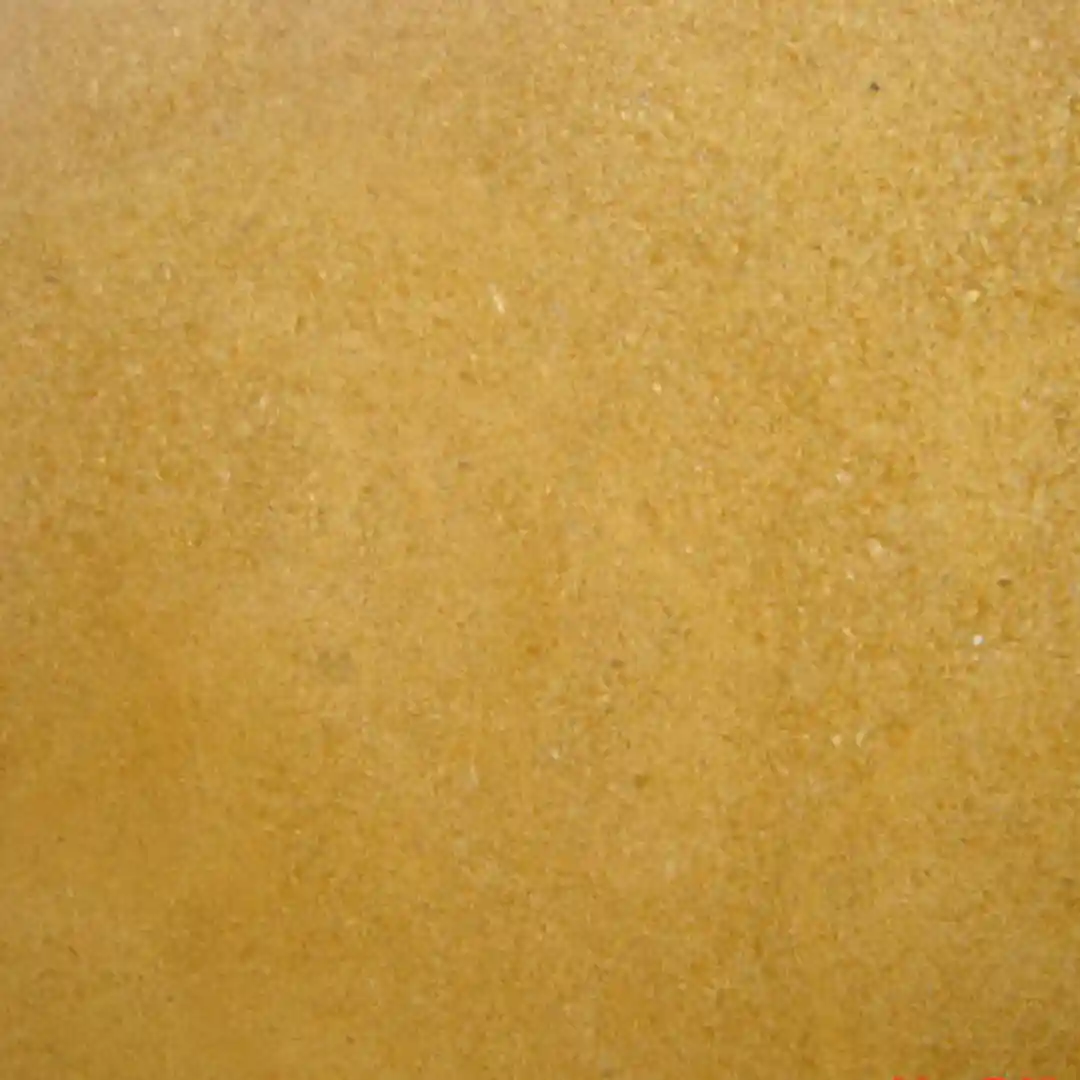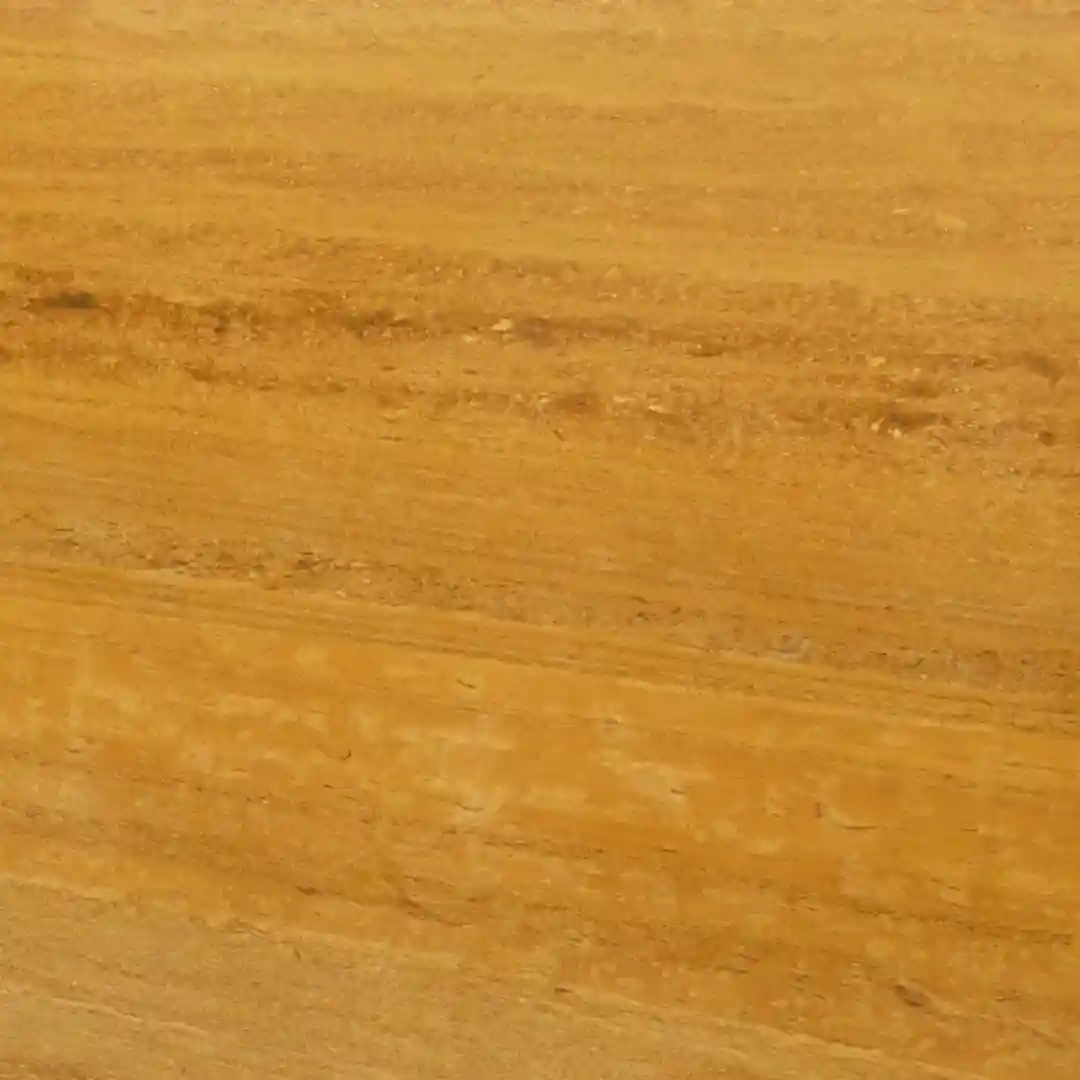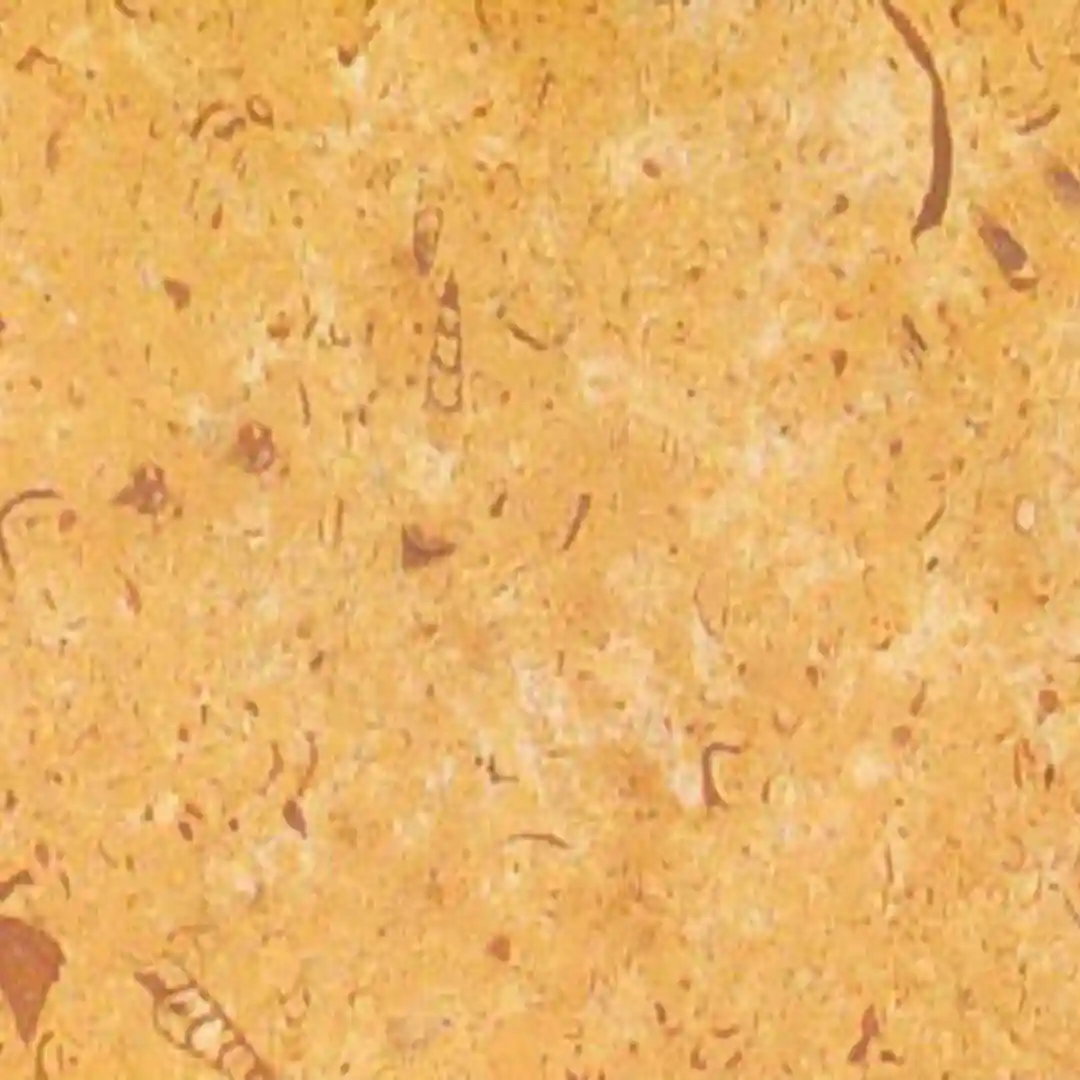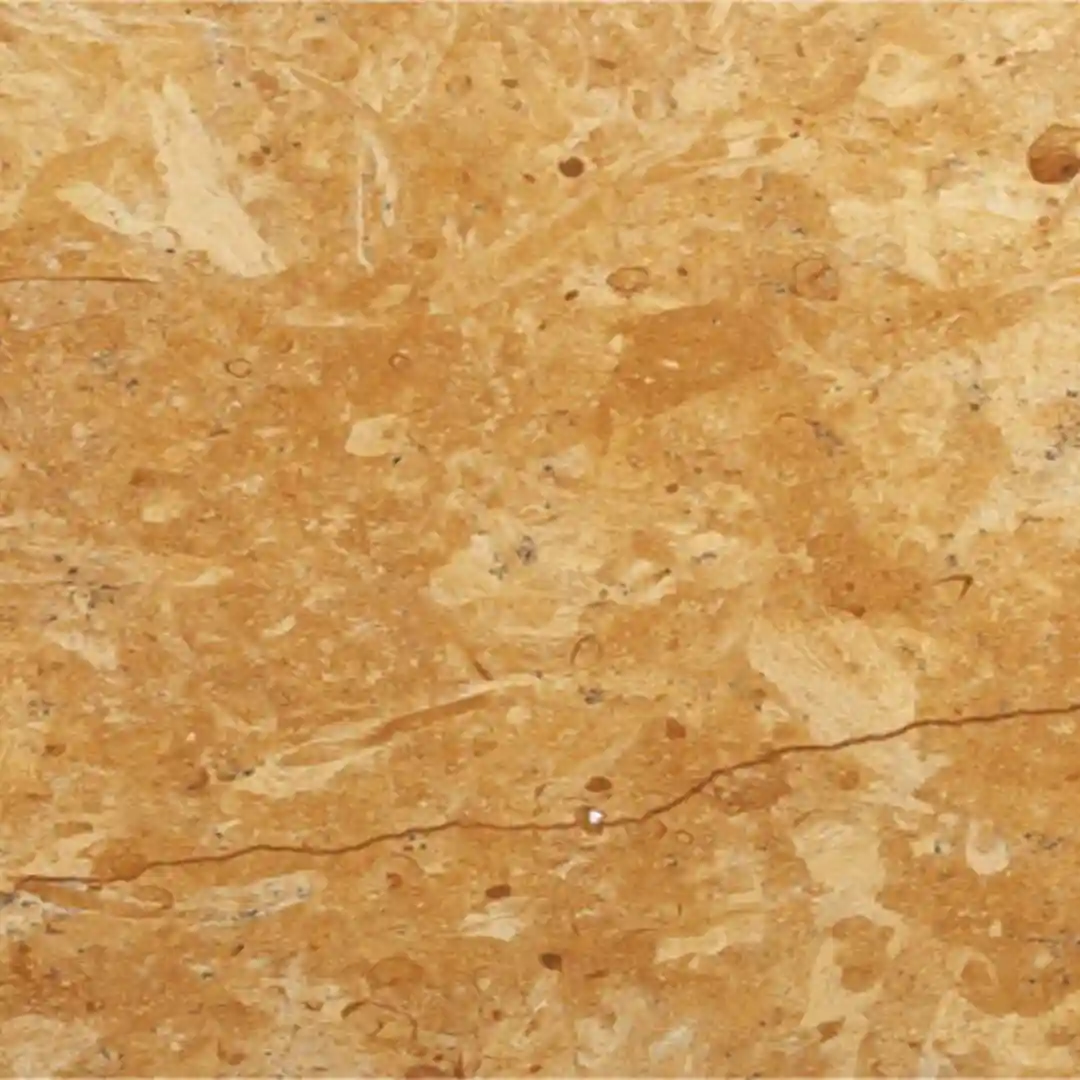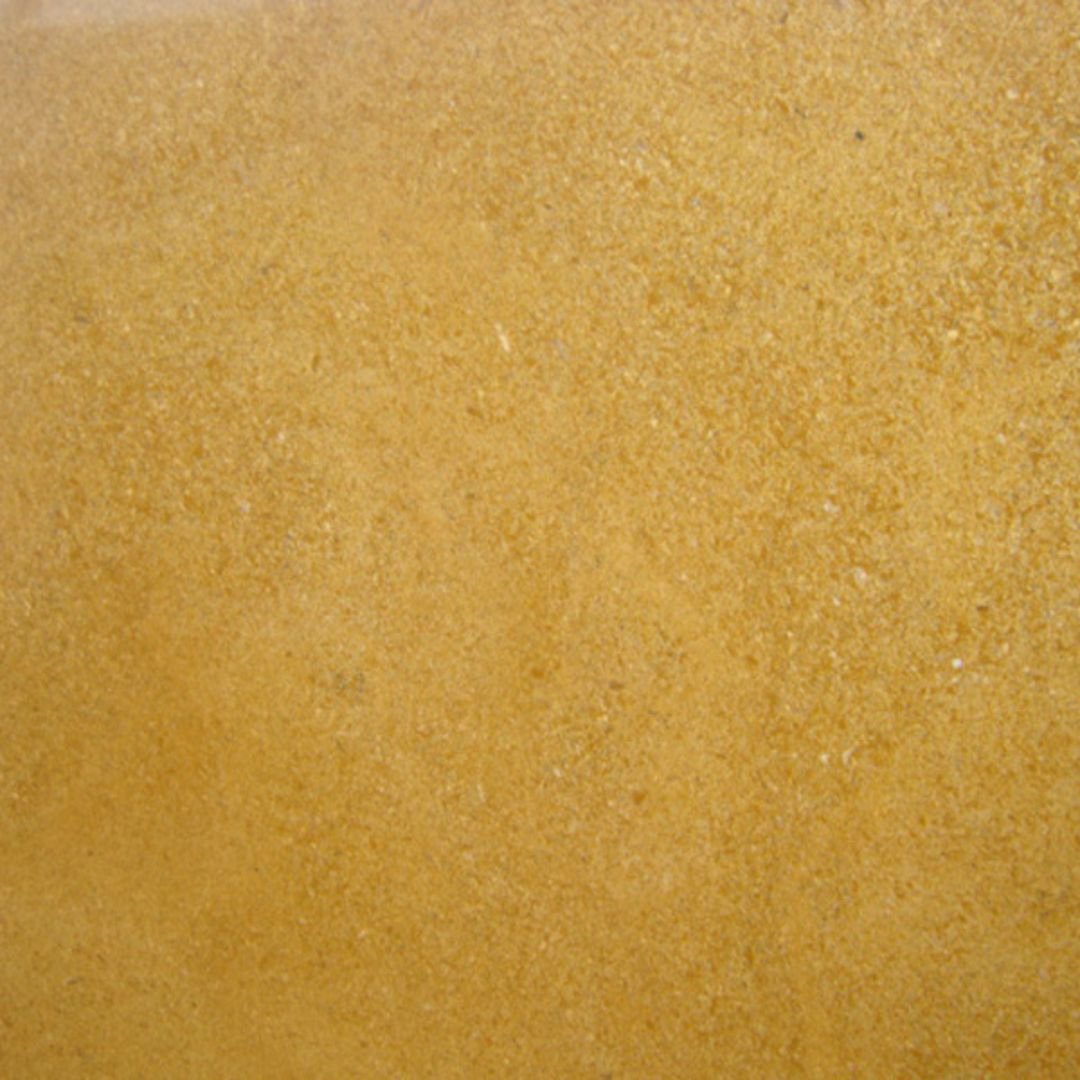Limestone in India
What is Limestone
Limestone is one of the most widely used and durable natural stones, cherished for its versatility and timeless elegance. Formed over millions of years from compressed marine organisms, this sedimentary rock is available in a variety of colors, textures, and finishes. Limestone is valued not only for its aesthetic appeal but also for its durability and eco-friendly characteristics, making it a popular choice for interior and exterior applications.
Specifications for Limestone
| Material Composition | Primarily calcium carbonate (CaCO₃). |
| Color Variations | Beige, cream, white, gray, and brown. |
| Surface Finishes | Honed, polished, tumbled, and brushed. |
| Thickness | Available in 15mm, 20mm, and custom options. |
| Durability | High compressive strength and resistance to weathering. |
Types of Limestone in India
1. Sedimentary Limestone
- Formed through the deposition of minerals and organic materials.
- Known for its soft tones and fossil imprints.
2. Travertine Limestone
- Characterized by its porous surface and earthy hues.
- Ideal for rustic and classic designs.
3. Chalk Limestone
- Soft and white, this type is primarily composed of calcite.
- Commonly used in sculptural and decorative applications.
4. Dolomitic Limestone
- Contains magnesium, making it more durable than regular limestone.
- Suitable for high-traffic areas.
5. Crystalline Limestone
- Features a compact structure with minimal porosity.
- Perfect for polished finishes.
Features of Limestone
- Aesthetic Versatility: Limestone’s neutral tones blend seamlessly with various design styles.
- Eco-Friendly: A natural material with a low carbon footprint compared to synthetic alternatives.
- Workability: Easy to cut and shape, making it suitable for intricate designs.
- Durability: Resistant to extreme temperatures and suitable for indoor and outdoor use.
- Natural Insulation: Limestone provides excellent thermal insulation properties.
Applications for Limestone
- Flooring and Paving: Ideal for both residential and commercial spaces. it also adds a timeless charm to pathways, courtyards, and interiors.
- Wall Cladding: Enhances facades with its elegant and natural appearance.
- Countertops and Tabletops: Provides a sophisticated and durable surface for kitchens and dining areas.
- Fireplaces: Offers a classic touch to hearths and mantels.
- Sculptural and Decorative Elements: Used in monuments, fountains, and decorative accents.
- Landscaping: Perfect for garden pathways, retaining walls, and outdoor seating.
Pros and Cons of Limestone
| Pros | Cons |
| Natural beauty with unique patterns | Porous and requires sealing |
| Durable and weather-resistant | Sensitive to acids and harsh chemicals |
| Eco-friendly material | Can develop patina over time |
| Versatile in applications | Slightly prone to scratches |
Why Choose Limestone?
- Timeless Elegance
Limestone’s natural appearance adds an enduring charm to any project. - Wide Variety
With multiple types, colors, and finishes, limestone suits diverse styles and preferences. - Durable and Long-Lasting
When properly maintained, limestone structures can last for decades. - Sustainable Option
As a natural stone, limestone is an environmentally conscious choice. - Functional and Stylish
Its combination of strength and beauty makes it a practical yet stylish choice for any space.
Feel free to get in touch for a free consultation, quote, and get a detailed understanding from our experts here at Petros®. Visit https://petrosstone.com/ or call +91-8446360361 and WhatsApp
